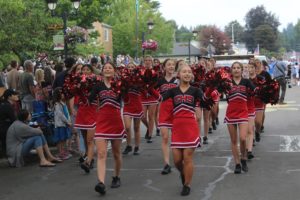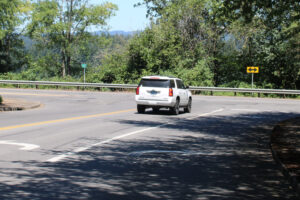One year after voting 4-3 against taking a 1% property tax levy increase to help fund essential city services, Camas officials are again set to consider not only taking the only property tax levy increase allowed under state law, but also the possibility of using the City’s “banked” 1% increase it did not collect in 2023.
Camas Finance Director Cathy Huber Nickerson explained to Camas City Council members earlier this month that the 1% increase does not signify a 1% increase to individual tax rates. Rather, Huber Nickerson said, the increase would impact the overall tax levy amount collected by the City.
“The levy process is simple,” Huber Nickerson stated in her staff report presented to the Council during its Nov. 6 workshop. “The amount of money needed by the City’s budget divided by the value of all the taxpayers’ properties in the City … equals the tax rate for the City. This rate is then levied on the taxpayer’s property per $1,000 (in assessed property value).”
In 2024, for example, taking the 1% property tax levy increase would add around $146,000 to the City’s general fund, increase the City’s property tax levy to $15,081,851, shift the tax rate from $1.84 to $1.86 per $1,000 assessed property value (APV) and cost the owner of a median priced ($649,124) Camas home $1,209 in 2024, which is $138 less than that homeowner paid in 2023, and $12 more per year than they would pay if the Council opts to not take the 1% property tax levy increase.
The City uses property taxes to fund essential city services including police (29%), fire and emergency medical (22%), street (14%), parks and recreation (12%), community development (11%), library (8%), court (3%) and cemetery (1%) services.


